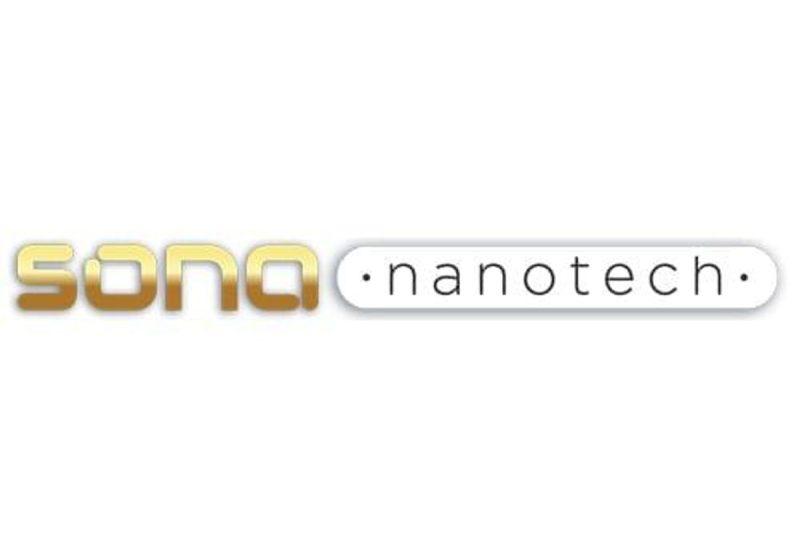Sona Nanotech, a significant player in the nanotechnology sector, is renowned for its innovative contributions to sciences such as genetic screening and disease diagnostics. The latest development from the Canadian company is the released interim results of its efficacy study conducted collaboratively with Dalhousie University. The initial findings bode well for the growth and application of their nanotechnology within multiple sectors, reinforcing Sona’s position at the forefront of nanotech innovations.
The much-anticipated Dalhousie efficacy study has been a focal point of interest for various sectors, ranging from health industries to investors. The findings released so far are promising, highlighting the potential for transformative implications in the fields of diagnostics and therapeutics.
The study is based on Sona Nanotech’s unique gold nanorods, which are known for their functional versatility in various scientific applications. The proprietary manufacturing process enables the production of incredibly uniform nanorods, unclonable due to their specific properties, such as aspect ratio and surface chemistry, thus unequivocally identifying the origin of each nanorod.
One key area where Dalhousie’s research was particularly revealing is in establishing the ability of Sona’s nanorods to provide superior diagnostic results compared to conventional methods. The findings also emphasized that with Sona’s nanorods, diagnostics were not only more accurate but also quicker and more efficient. The direct impact of this could revolutionize how disease screening and diagnostics are conducted across various healthcare settings.
On a broader scale, the study evaluates the capacity of Sona’s nanotechnology in developing therapeutic applications. Sona’s nanorods have demonstrated potential in targeted drug delivery systems, showing a great deal of promise in treating challenging diseases. This was possible due to their precise and predictable control over bodily interactions which is essential for delivering therapeutics at a cellular level.
In the light of environmental concerns, another crucial aspect the study analyzes is the sustainability of Sona’s nanorods technology. The company’s commitment to ‘green nanotech’ stands out, with a manufacturing process that minimizes waste and reduces the use of harmful chemicals, setting a precedent in the industry.
Investor sentiment toward Sona Nanotech is also likely to be influenced by the interim results. Advanced nanotechnology, such as that developed by Sona, holds extreme potential for large-scale applications. When this is coupled with affirmative initial results from a respected institution like Dalhousie University, it amplifies investor assurance and can lead to increased financial backing.
While the complete results of the Dalhousie study are yet to be published, these interim findings underscore the immense potential of Sona Nanotech’s gold nanorods. They meet the need for rapid, accurate diagnostics and tailored therapeutics, all while adhering to a sustainable manufacturing process. Ultimately, the study has reaffirmed the belief in Sona Nanotech’s potential and its role as a pioneer in the field of innovative technology.




